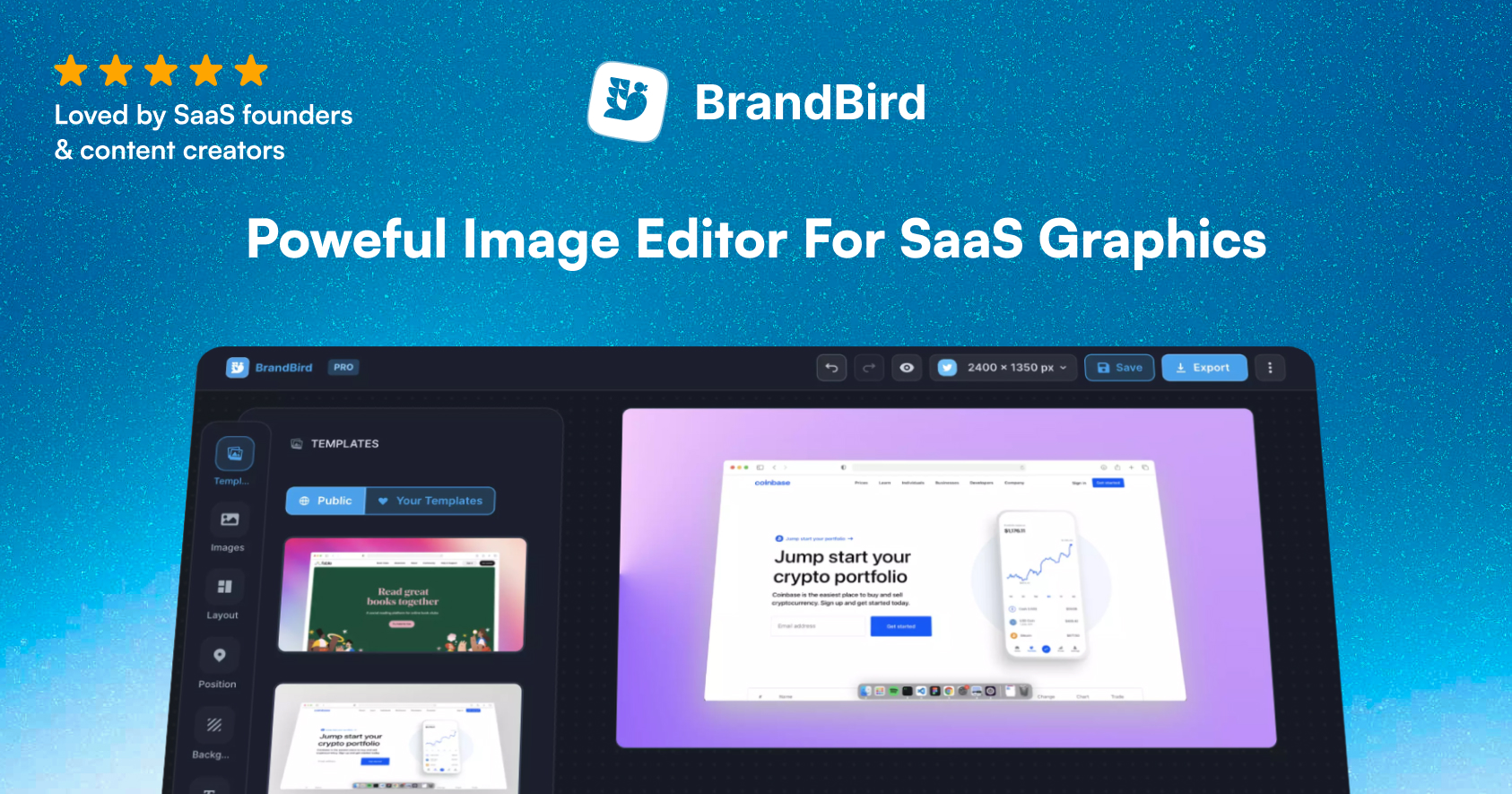Last week, I launch The Launch Product Hunt Checklist on Product Hunt. The founders' community welcomed the product warmly and I ended up with almost 100 sales (and 550 upvotes).
It isn't a life-changing revenue but is kinda something compared to the effort and money I put into the product.
It took me three weeks (15 days) to curate the database, set up the products, design all the assets, build the landing page, and promote it on Twitter (mainly).
About the budget, I paid $24 for the domain. Later on, I upgraded the Gumroad account (another $10) but it was completely optional.
Add another day to all these for the Product Hunt content preparations. Total 16 days from idea to launch.
The quickest execution in my indie hacking career.
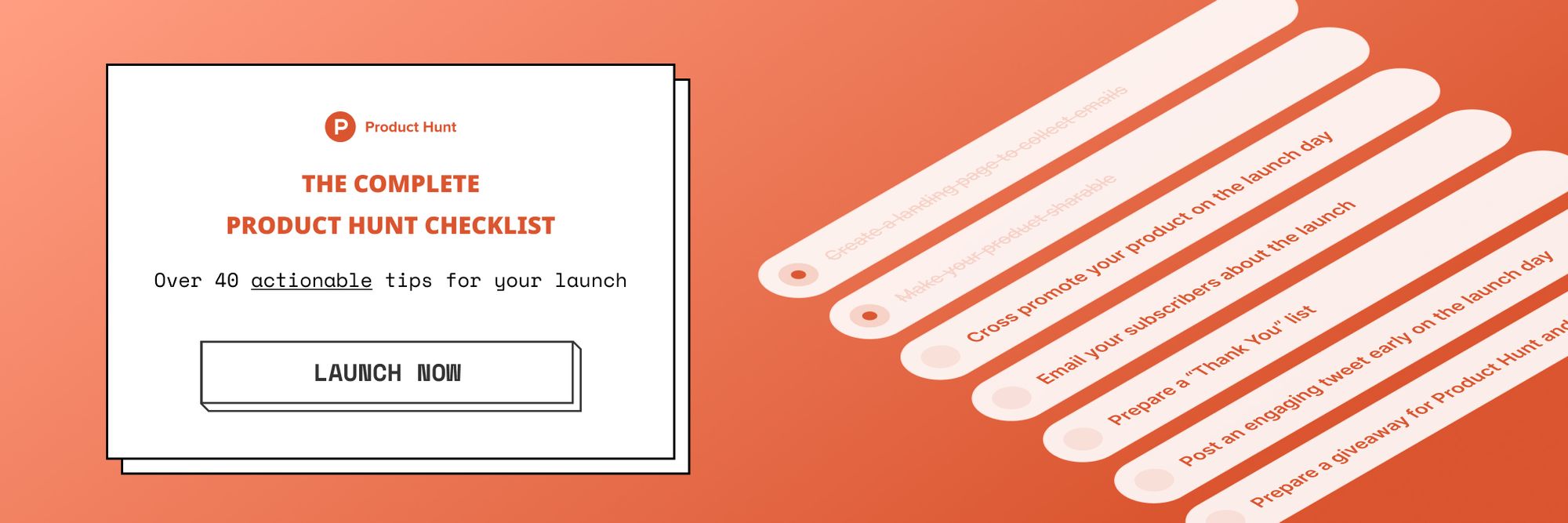
What I did differently
Usually, I follow the 'Idea-first approach', which Arvid Kahl explains in detail in his book Zero to Sold.
In a nutshell, it's the most common mistake we make as makers. We start with the idea and build the product. Then, we have a product and seek the right audience to sell it to. But this approach usually fails.
This time I did things in reverse.
The plan was simple. I picked an audience, choose one of their biggest problems, and build a product around their needs.
The audience
The audience requirement was three:
- I must have experience with it
- I must have direct access to people for feedback
- People must be willing to pay
Thus, I choose the broad niche of bootstrap entrepreneurs and startup founders.
Since I'm actively into the startup ecosystem with VisualEyes and bootstrapping side products. I had the required knowledge and insights to understand that niche.
I picked an audience and analyzed their biggest problems. The audience was solo or startup entrepreneurs.
The audience selection was not random. These were the people with whom I interact the most on Twitter. And, I knew I could have direct, honest, quick feedback from them.
The Problem
Then, I searched for a painful problem they face frequently that I could solve with my prior experience.
The problem was that people want to launch on Product Hunt successfully. And I could provide them real value based on my prior experience.
I have launched 10 products during the last 18 months and most of them got traction and featured on the top spots.
It's a recurring problem for tech-oriented founders and marketing teams.
The Product
Normally, product development is the most complex step during the process.
In the past, it used to take me weeks and months to build a pixel-perfect app.
As an engineer at heart, my first instinct was to build a neat web app with an insanely good UI and tons of features. But it felt like the wrong approach!
I knew it was over-engineering the problem and had to find a way to stop me from going full into coding and designing.
Thus, I decided to challenge myself.
The plan was to launch a pre-order campaign before starting to work actively on the product.
And the goal was to find 5-10 customers before even having an MVP and then build the product around their needs.
It proved a very good strategy!
The pre-order campaign
Gumroad is the perfect tool to kick-start a pre-order campaign with no code skills.
It took me two days to set up the Gumroad page and compose content.
I had to write a compelling story to pursue people why having a plan while launching is important.
The initial distribution channel was Twitter (~1000 followers) and my newsletter (~80 subscribers). As you can see, the audience size doesn't really matter at this phase.
The important thing is to validate your assumptions that people will pay for your idea.
The First Sale
To solve the Chicken and Egg problem of building a product tailored to customer needs I did this.
I set gradual pricing based on copies sold.
For the first 20 copies, the price was $9. People had to pay a small amount to invest in a valuable resource. In return, I was able to talk with them and understand their real needs.
The first sale came with the announcement in my newsletter. Almost 3 days after starting to work on the idea.
The next few days, I announced my new project on Twitter and built it into the public.
This method boosted my conversions and helped me acquire 5 new customers.
The MVP
With 7 pre-orders, it was time to work on the actual product.
The initial goal was to build a web app for the checklist. But having actual customers without a product is really stressful.
I was shocked that people were willing to pay for a product that didn't even exist yet. Of course, I stressed to prove them right for their trust and make their purchases worth it.
In a nutshell, I had earned $63 for telling an interesting story.
That was the moment I learned a very important lesson.
- People don't care about "web apps", nicely done designs, and high-speed loading.
- People care about making their lives easier.
- People care to find a "painkiller" for their problem.
And that's when I took an important decision to speed up my MVP and focus on providing real value to people.
I chose to build the whole product on Airtable.
In that way, I would force myself to focus on the actual content and be able to finish the MVP quicker.
I devoted one week (5 days * 10 hours = 50 hours) to curate the whole content and rank all these tips.
The ranking was based on my prior experience and leveraged the Eisenhof Matrix (Value - Effort).
An important step before the launch
The actual product was ready. But I had to complete another step before the official product launch.
To build a landing page obviously!
The Gumroad product page is perfect for initial validation. But having a landing page can help a lot with conversions in the long run.
The basic reasons are the following:
- You make your work look more professional
- You communicate your value easier
- You leverage SEO in the future
- You collect free emails
- You set up custom forms (eg for an affiliate program, collect emails)
It took me a few days to set up a premade landing page using Next.js (a JavaScript framework). I didn't' use a no-code tool because, as a technical founder, I feel more comfortable using code templates.
But you should use a no-code tool like Carrd or Webflow if you're not a technical person.
Soft Launch
A tricky point about Gumroad pre-orders is that they don't charge the customers immediately. They charge them only when the product released.
Big relief for both parties. The creator won't stress about collecting payments without a product yet. And a customer doesn't worry about losing money on a scam.
Back then, the product was ready and people wanted to have access because their Product Hunt launch was coming. Then releasing the Gumroad product was the only option.
I hit the launch button on Gumroad and charged everyone. It was stressful but after a while I was glad. Gumroad charged 25 customers and I received zero complaints or refunds.
It was a validation that the product was heading in the right direction.
In the meanwhile, building in public on Twitter was fuelling a daily stream of sales for the product. And that's the moment I realized that I had found a distribution channel.
I tried other platforms as well but neither of them was that efficient.
Thus, I prepared a Twitter launch thread for the product and post it. I had high expectations but the launch didn't go quite as expected.
The next step was the Product Hunt launch, although I knew it would be challenging.
Launching a guide about Product Hunt means only one thing. You have to be on the top product of the day to make people take you seriously!
Product Hunt launch
Needless to say that I used The Launch Checklist to prepare for the launch. This launch was gonna be a big challenge but I had to take the risk.
An important tip for a successful Product Hunt is to build anticipation. The way I build anticipation was by preparing in public the launch material.
The biggest hack was to let my audience decide on their own for my assets. People loved to engage and vote for the preview assets. It was like they were launching with me.
50 people voted on the poll below:
The launch day was very stressful but full of interactions with inspiring people. I manage to sell almost 100 copies and connect with many interesting people.
When you follow a concrete strategy before your launch, very few things can destroy your big day.
In the end, that's the exact reason I build that product.
To help entrepreneurs plan a successful launch with proven tips and strategy
A last bit of advice
Always be ready to fight unexpected events on your launch day!
In almost every launch I had in the past, I had to experience unlucky events that could harm my launch.
For example, internet connection errors, server crashes, leaving house/office for important reasons, etc.
Of course, the launch curse didn't let me enjoy the launch either.
One hour before launching our dog got sick and had to take him to the vet and take care of him all day long.
Hopefully, he didn't have a big problem and got well soon.
But keep in mind that things may not go as expected during your launch.
Don't let these events affect your mood and think clear to fight them.
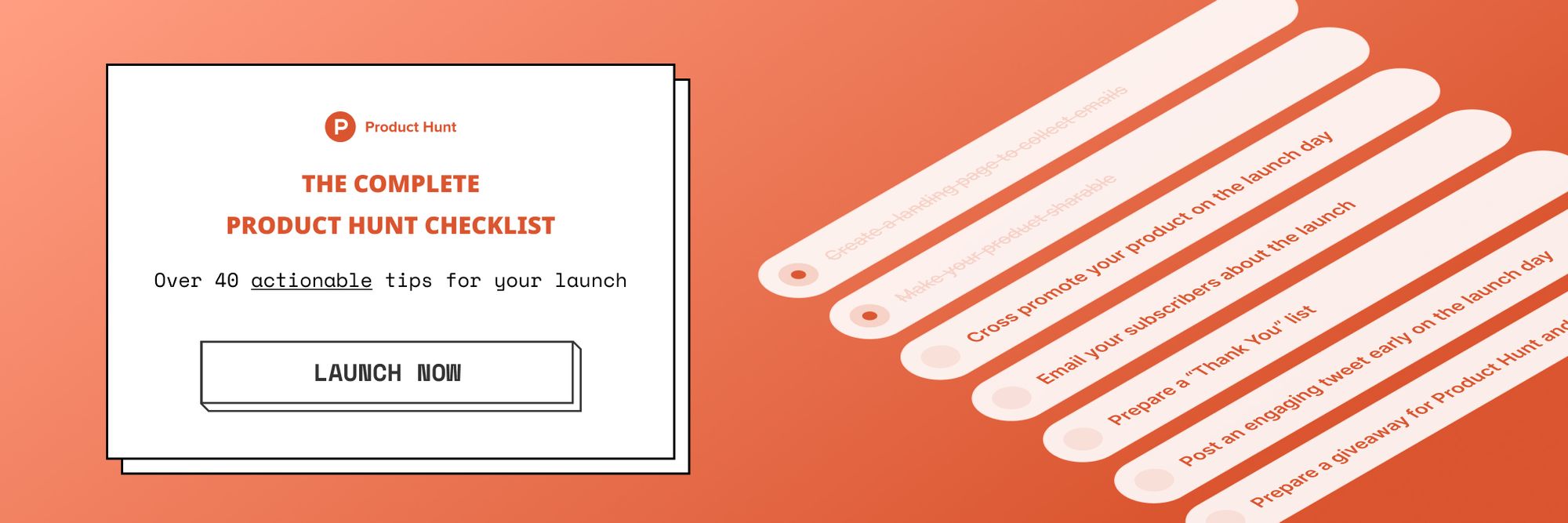
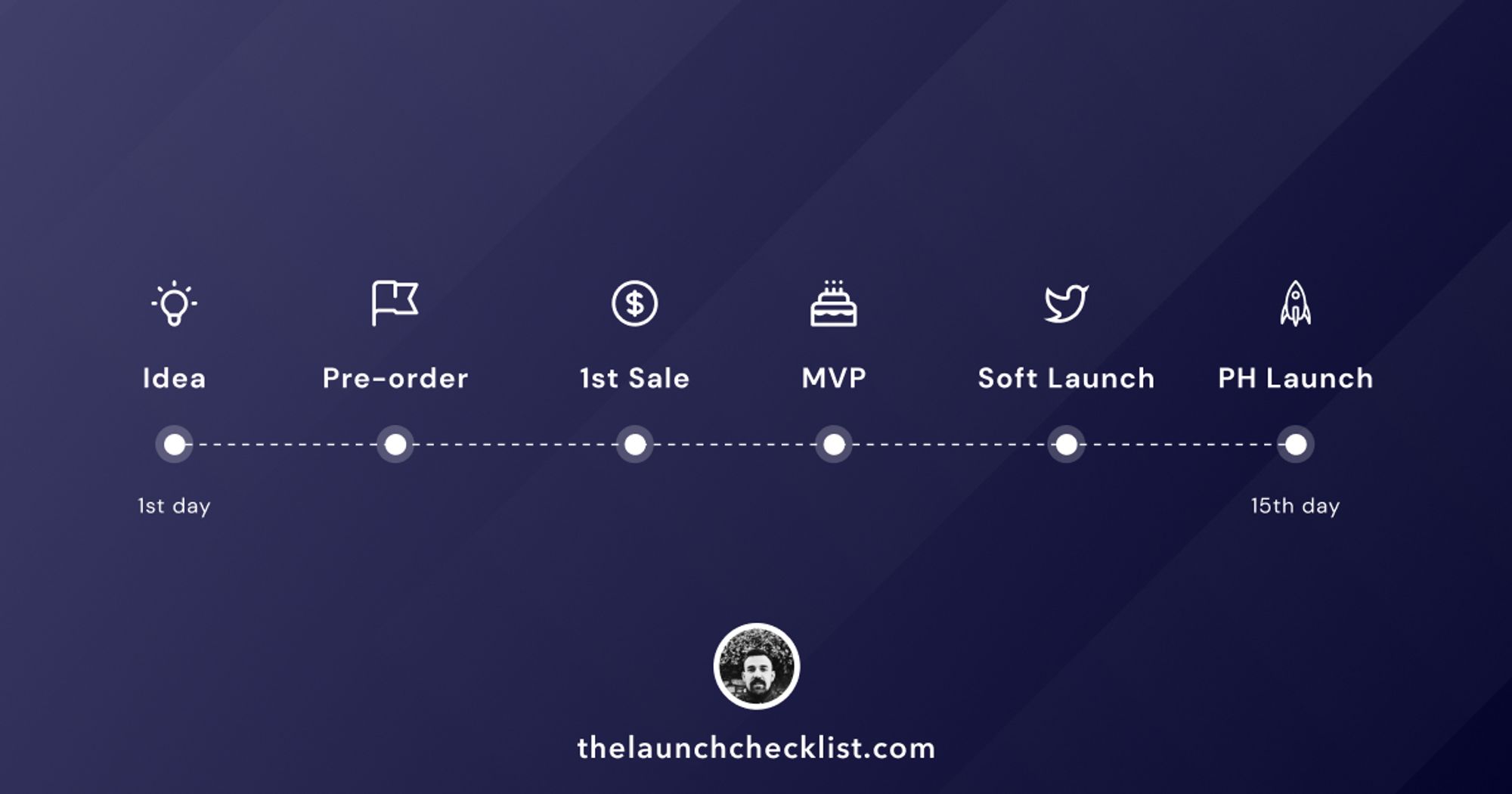
.png?table=block&id=917b538c-9f27-4cd0-858a-20ea2e80d9aa&cache=v2)
.webp?table=block&id=2442a2a4-3cc1-49ef-92a1-eb8fb9949d7b&cache=v2)
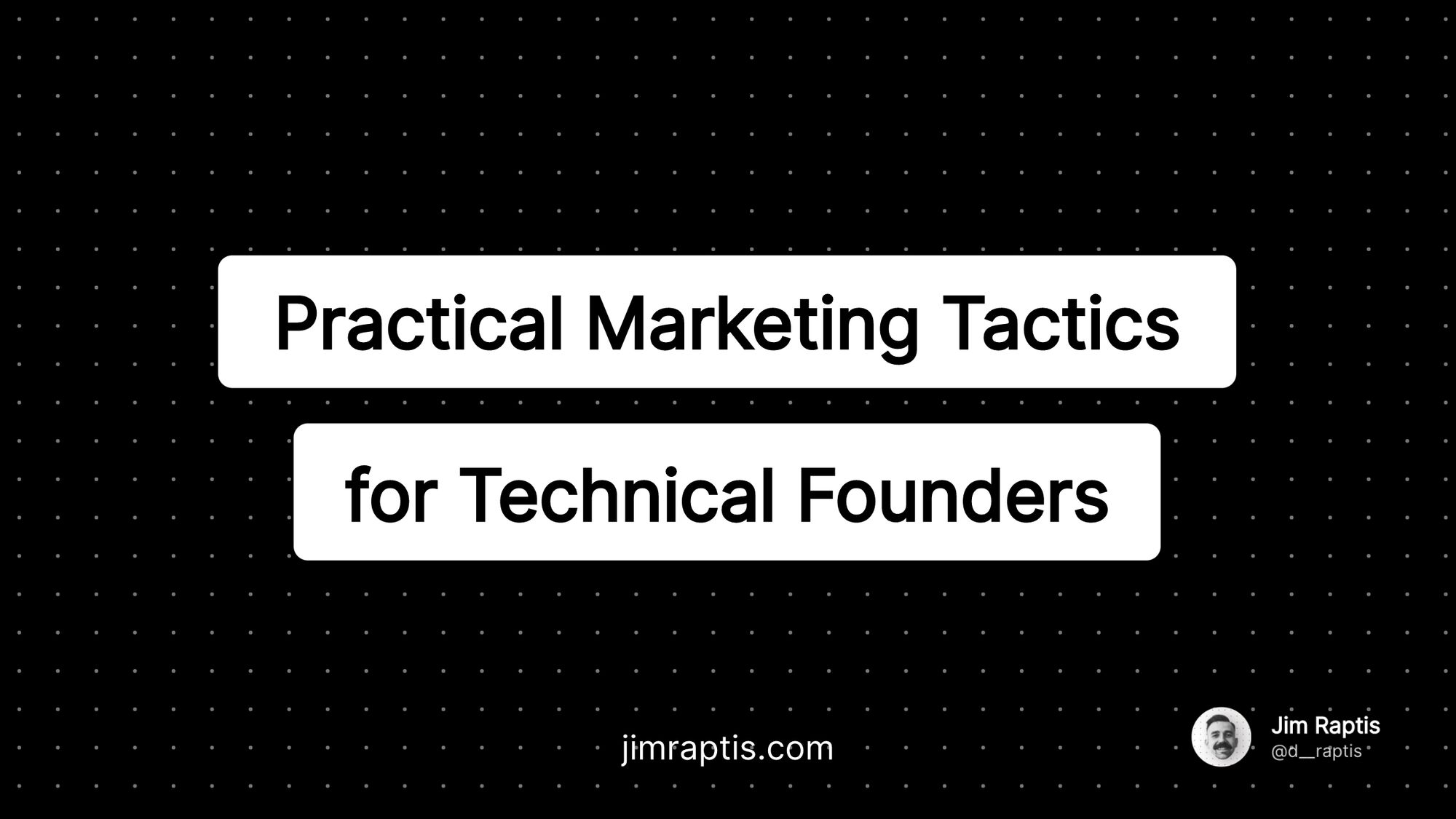
.png?table=block&id=e6ae9d56-f35f-40c2-9b1c-128d395a0b38&cache=v2)
